China to launch remote sensing satellite for Venezuela next week
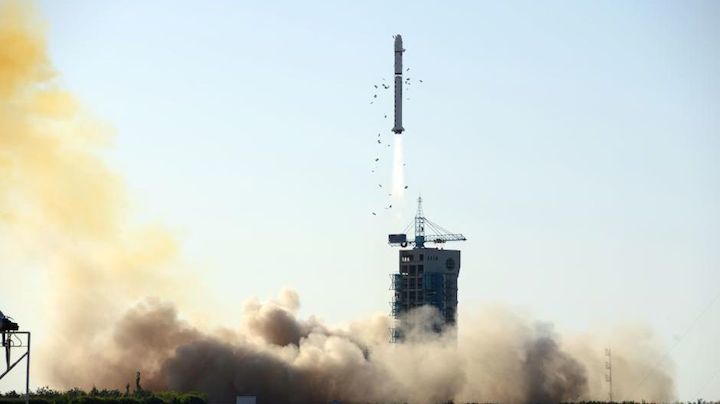
China is set to launch a remote sensing satellite for Venezuela on October 9, marking the third satellite collaboration between the Asian and Latin American countries.
The one tonne Venezuelan Remote Sensing Satellite-2 (VRSS-2) will be sent into a Sun synchronous orbit by a Long March 2D rocket, launching from Jiuquan Satellite Launch Centre in the Gobi Desert at around 12:10 local time (04:10 UTC) according to airspace notifications.
VRSS-2 will be placed into a Sun synchronous orbit at an altitude of 650 kilometres, from which it will be able to return panchromatic images at 1 metre per pixel at nadir, and 4m for multispectral imaging.
According to the Bolivarian Agency for Space Activities, VRSS-2 will be applied for use in areas including traffic management, disaster warning and prevention, tracking agriculture and land use.
The deal for the satellite development and launch was agreed in 2014 by the Venezuelan government and China Great Wall Industry Corporation (CGWIC), which seeks commercial launch contracts for China.
VRSS-2 is based on a CAST2000 satellite bus developed by the China Academy of Space Technology (CAST), a subsidiary of the China Aerospace Science and Technology Corporation (CASC), the main contractor for China's space programme.
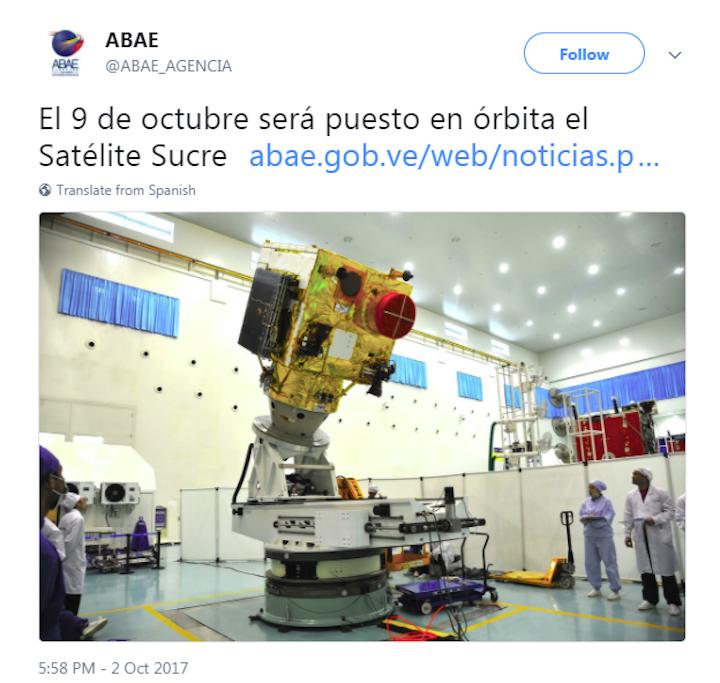
The 41m long, 3.35m diameter, two-stage Long March 2D is manufactured by the Shanghai Academy of Spaceflight Technology (SAST), another CASC subsidiary.
The mission will be the Long March 2D's first launch since December 2016, when the rocket suffered a partial failure, resulting in two Gaojing-1 (Superview) satellites and a smaller payload enter a lower than intended orbit. Prior to this, the Long March 2D had a perfect 31-flight launch record.
China has previously developed and launched the large VENESAT-1 telecommunications satellite and VRSS-1 remote sensing satellite for Venezuela.
The satellites were named after Venezuelan revolutionaries Simón Bolívar and Francisco de Miranda respectively, with VRSS-2 to be named after 19th Century independence leader Antonio José de Sucre.
China has also launched a satellite for Bolivia and participates in technological cooperation through the China–Brazil Earth Resources Satellite programme (CBERS).
This and other high technology and military deals between Venezuela and other Latin American countries and China are often seen in the context of Sino-US competition for influence in South America.
The ongoing crisis in Venezuela poses issues for both the US and China, with the delivery of significant quantities of oil from Venezuela to China, in exchange for credit, now overdue. Likewise, the possibilities of returns on a string of Chinese investments in Venezuela are in question.
Quelle: gbtimes
---
Update: 9.10.2017
.
Erfolgreicher Start von VRSS-2/CZ-2D
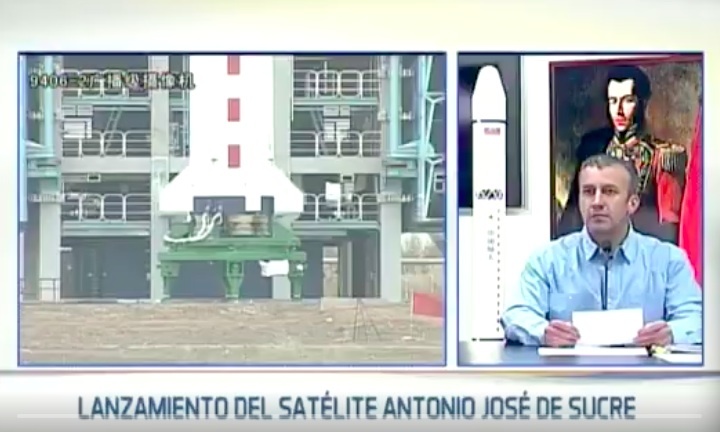
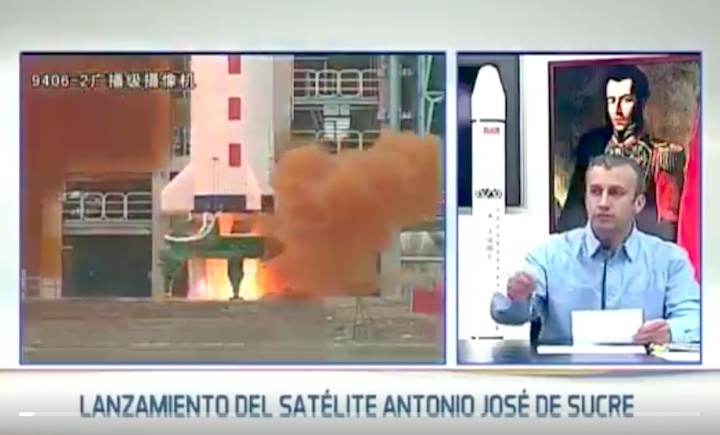
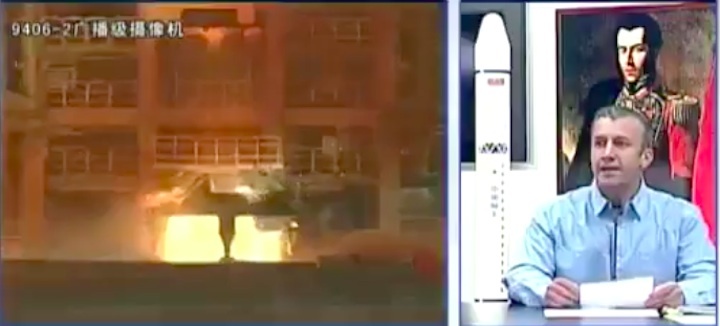
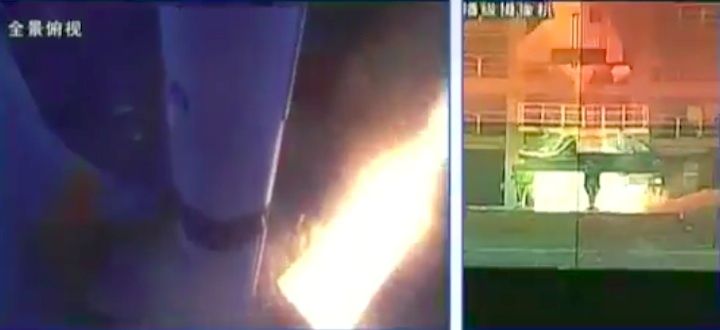
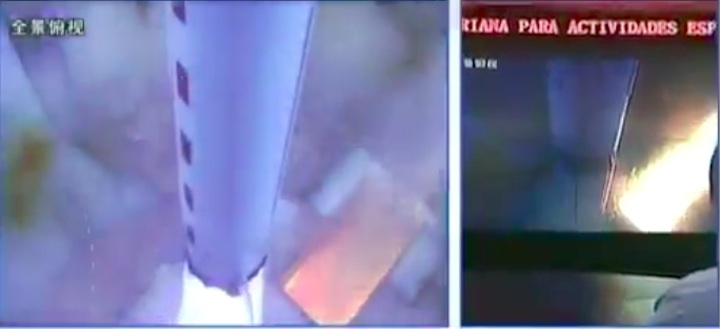
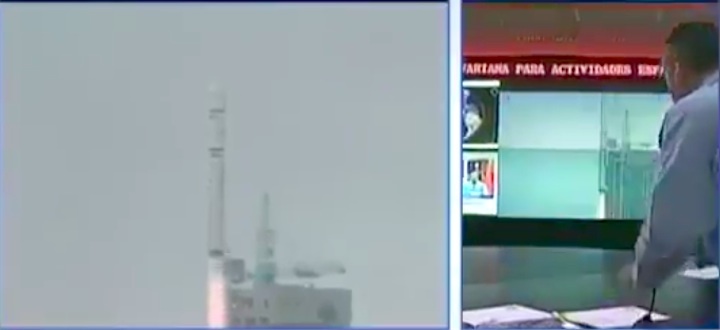
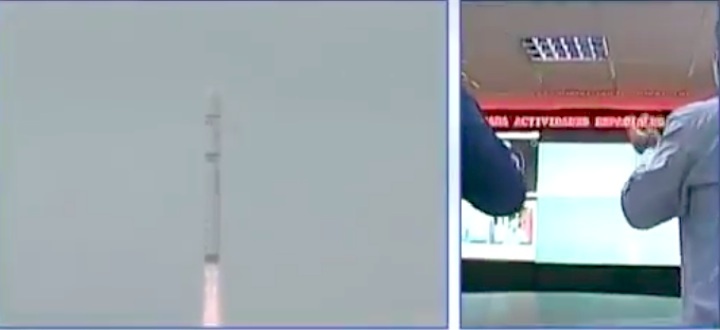
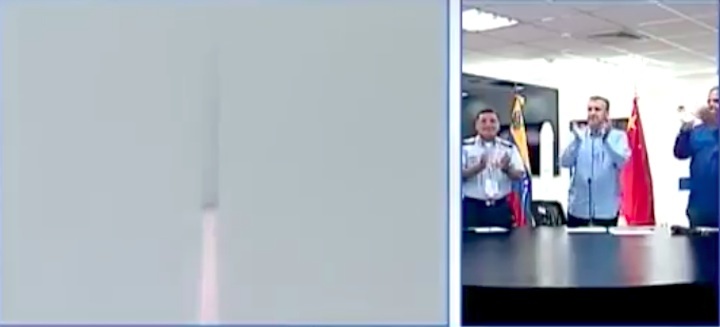
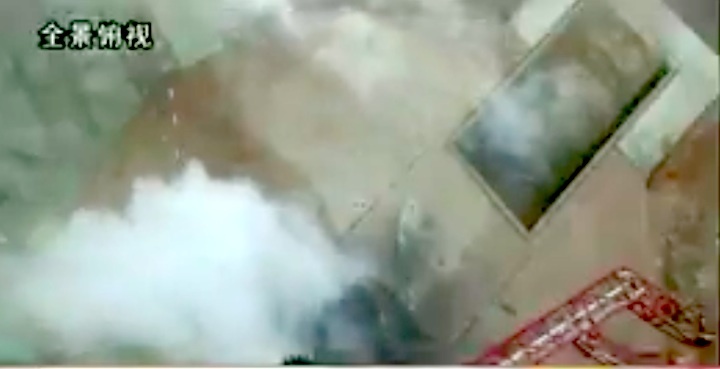
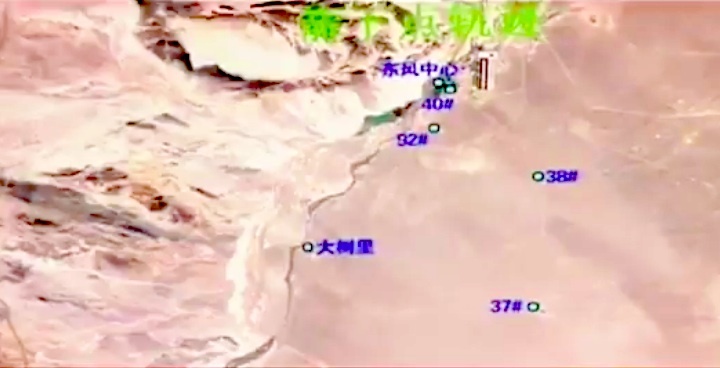


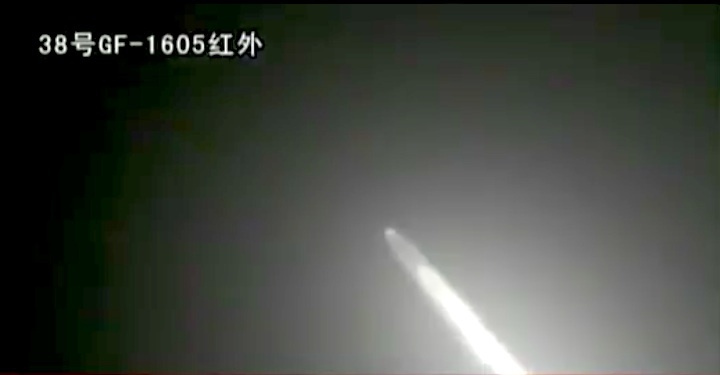
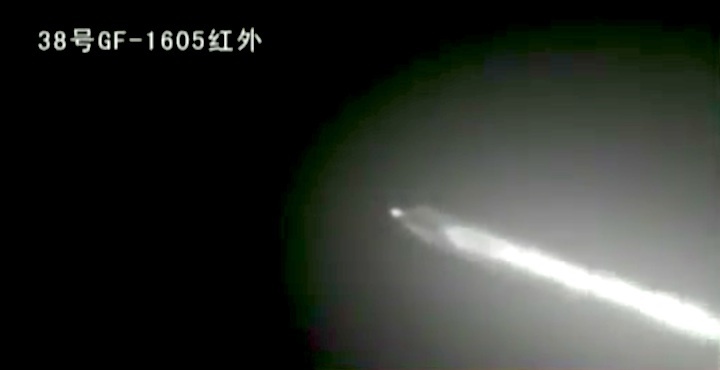
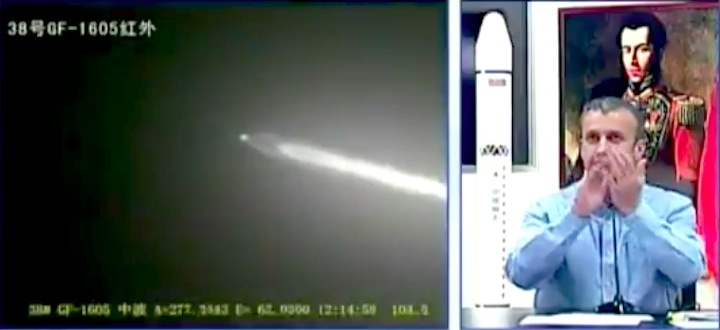
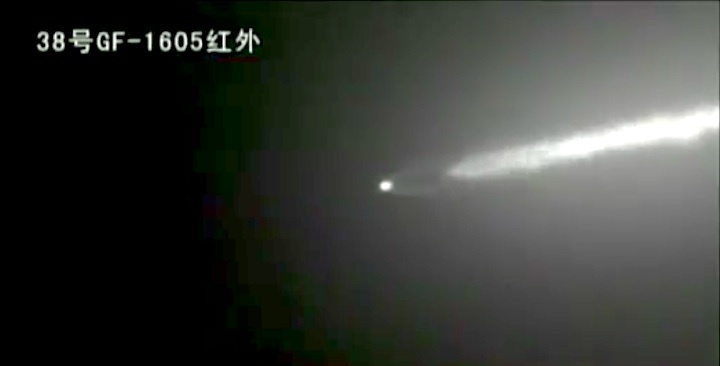
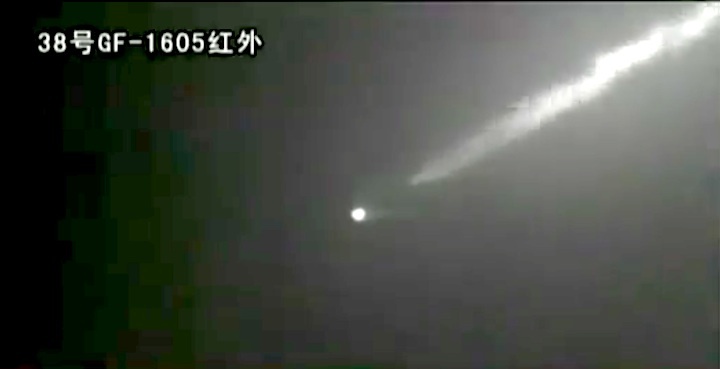
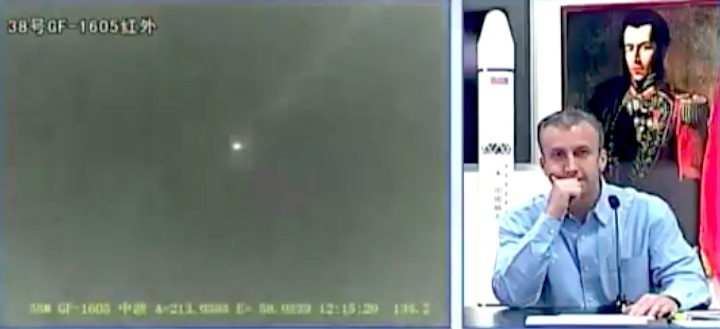
Quelle: chinaspace
+++
China launches remote sensing satellite for Venezuela
China launched Venezuela's remote sensing satellite, VRSS-2, into a preset orbit from the Jiuquan Satellite Launch Center in northwest China's Gobi desert at 12:13 on Monday.
The VRSS-2 was the third satellite jointly launched by China and Venezuela, and also the later's second remote sensing satellite. It will be primarily used by Venezuela for land resources inspection, environmental protection, disaster monitoring and management, crop yield estimation and city planning.
The satellite was launched by a Chinese Long March-2D carrier rocket which was designed by Shanghai Academy of Spaceflight Technology.
This was the 252nd flight mission for the Long March rocket family.
In 2008, China launched Venezuela's first satellite -- the Venesat-1, or "Simon Bolivar" -- which carried communications facilities.
In 2012, Venezuela's first remote sensing satellite, the VRSS-1, was launched into space from China.
Quelle: Xinhua




















